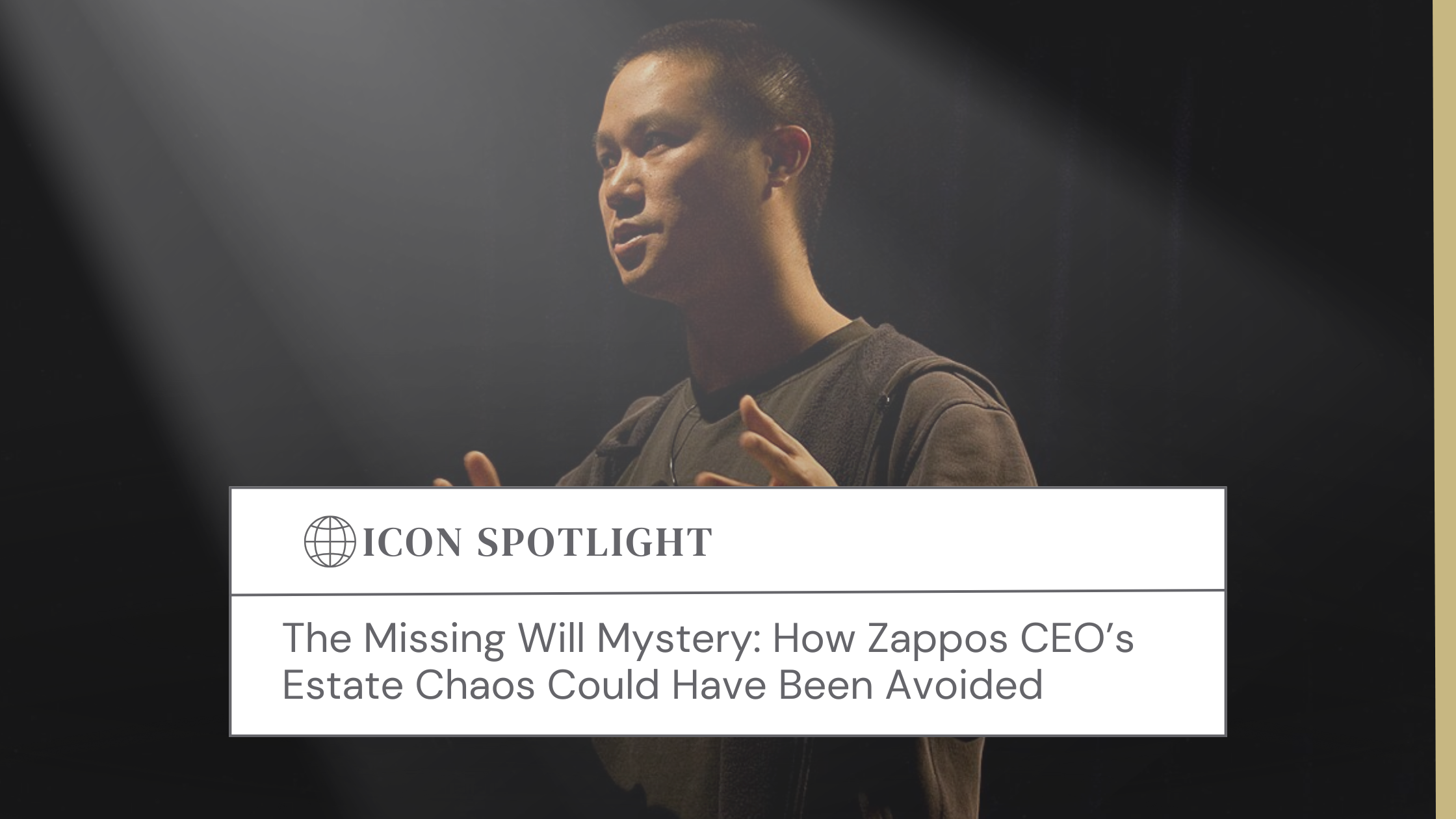Last month was a memorable one for the Estate of Tupac Amaru Shakur. September 13th marked the 22nd anniversary of the death of the late hip-hop legend, who was gunned down in Las Vegas at the age of 25. Shortly after the 22nd anniversary of his death, Tupac’s estate won its five-year legal battle with Entertainment One over unpaid royalties and, more significantly, the return of unreleased recordings, which are said to be worth a fortune.
This favorable ruling is one of many in the 22 years since Tupac’s murder, which remains unsolved to this day and the subject of many a conspiracy. The court victories, however, are due much in part to the gangsta-rapper’s late mother, Afeni Shakur. It was Afeni who took control of her son’s estate and spearheaded it to become the pop-culture and financial success that it is today. In the two decades since his death, Tupac’s estate has released six posthumous albums—three of which have been certified ten times platinum—a Broadway musical, books, documentaries, clothing, and merchandise. And if that is not enough, Tupac appeared as a hologram at Coachella 2012, becoming the first deceased performer to do so, and is the only artist to be nominated posthumously for the Grammy’s Best Solo Rap Performance award (for “Changes” in 2000). Even today, Tupac’s estate continues to bring in almost $1 million annually.
What makes these posthumous feats so significant is the fact that Tupac died intestate with little more than a five-figure life insurance policy, two cars, and a single checking account (containing less than $105,000) in his name—no real estate. With barely anything to show for his chart-topping career (which was primarily the result of a one-sided deal made with Marion “Suge” Knight and his record label, Death Row Records), court fees, taxes, and plaintiffs would consume those monies quickly, leaving little to his heirs, including his so called “deadbeat” father, William Garland.
Fortunately, Tupac’s estate had three things on its side: the law, social trends, and Tupac’s “Dear Mama” Afeni Shakur.
The Law: At the time of the rapper’s death, he was a California resident. Because he died intestate, Tupac’s parents, under California law, could equally inherit his assets. So, of course, Garland made an inheritance claim. Although DNA testing confirmed that Garland was in fact Tupac’s biological father, the court decided otherwise. Under California law, a father who is not married to the mother can only inherit as an intestate heir if he had a substantial relationship with the child and provided monetary support. Garland, who never married Afeni, had infamously contributed merely $820, a bag of peanuts and a ticket to “Rollerball” in Tupac’s 25 years of life. No substantial relationship or monetary support there; Garland lost.
Social Trends: When an artist in any commercially viable field dies, the value of the artist’s work increases, even if just temporarily. According to pymnts.com, the increase in value is likely due to “a renewed consumer interest, in some cases, a greater interest than ever existed in [the artist’s] lifetime,” in the artist’s output.
Take for instance David Bowie. His career spanned more than five decades. The day after he died in 2016, his new album “Blackstar” (which had been released only three days prior) jumped to the number one spot on iTunes. And in the second, fourth, sixth, eleventh, and twelfth spots: “Best of Bowie” (released in 2002); “The Rise and Fall of Ziggy Stardust and the Spiders from Mars” (released in 1972); “Hunky Dory” (released in 1971); “The Best of David Bowie 1969/1974” (released in 1997); and, “Let’s Dance” (released in 1983), respectively.
A 2014 study revealed that “an artist’s album sales increase by an average of 54.1 percent following [the artist’s] death…[W]hat makes the passing of an artist a grim, but profitable, retail business model is, by and large, two subsets of consumers: those motivated by nostalgia and those made curious by the publicity that commonly surrounds the loss of a famous person.”
These sales coupled with those of posthumously released recordings and albums provide a steady revenue stream to the estates of the deceased artists. And believing that her son was more than just a gangsta rapper—but her “prince” who was “going to save the black nation”—it is quite likely that Afeni understood that.
His “Dear Mama”: As previously mentioned, the posthumous success of Tupac’s estate is largely due to her. Afeni, a former Black Panther and paralegal, had the foresight to establish an estate plan after her son’s death to protect his artistic and intellectual property rights. Leaving nothing to chance, she created a trust to control those rights and aptly named Tom Whalley, former head of Warner Bros. Records (who had signed Tupac to the label), as executor. Outlining to whom the assets would go (various charities and family members), the trust also established a narrow monopoly on memorabilia that uses the rapper’s likeness.
In the aftermath of Tupac’s death, Afeni chased “everyone from record labels to her son’s disgruntled employees [to] collect all the once-scattered intellectual property,” states TheWealthAdvisor.com. One of the many lawsuits in this campaign was the 2013 lawsuit she had filed against Entertainment One. The lawsuit alleged that Employment One, which had acquired the rights to Tupac’s music from Death Row Records in 2006, had breached a contract to pay the estate royalties for “Beginnings: The Lost Tapes,” released in 2007. The estate had also sued for ownership of the master recordings of his unreleased music.
That five-year battle has now ended in favor of Tupac’s estate. Late last month, Entertainment One was ordered to pay over six figures in royalties for the posthumously-released album. And although it was not the amount the estate wanted, the bigger win was the return of the unreleased recordings. Unfortunately, Afeni never lived to see this victory, as she died unexpectedly in 2016.
Nonetheless, Tupac’s death is an excellent study in estate planning, litigation, and management. Many thanks to his “Dear Mama.”





